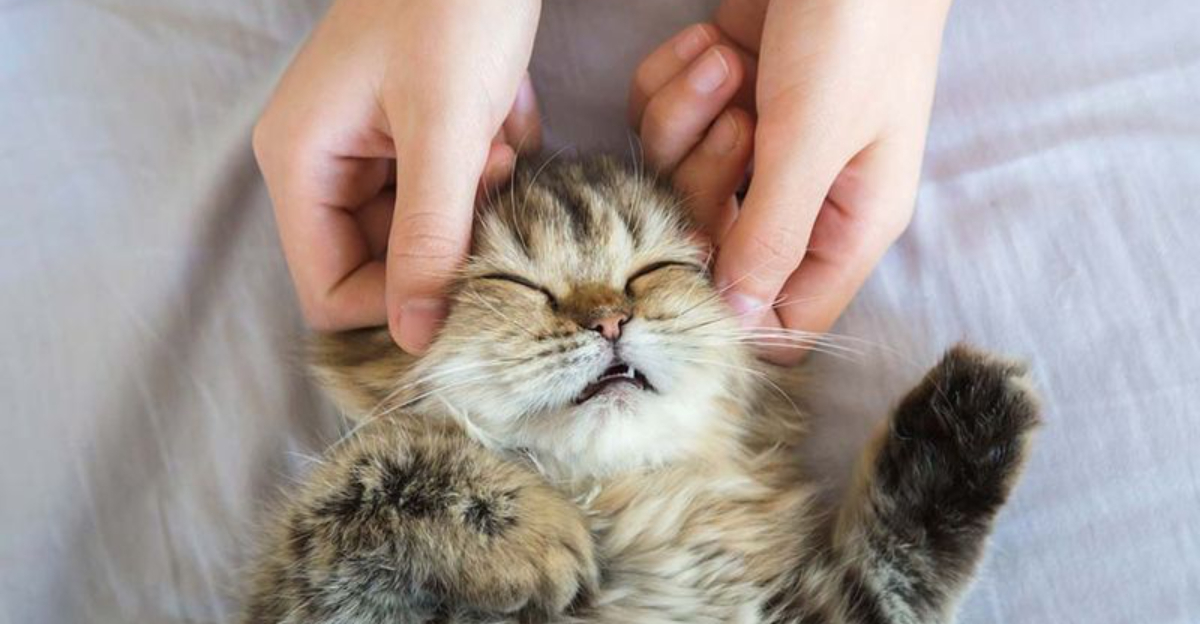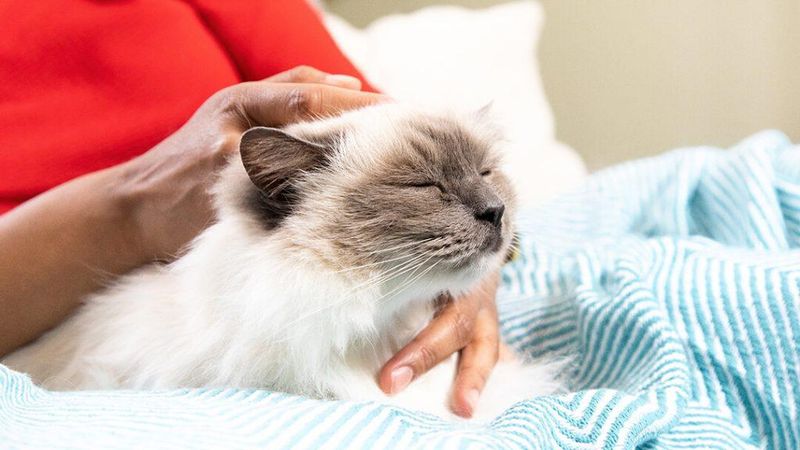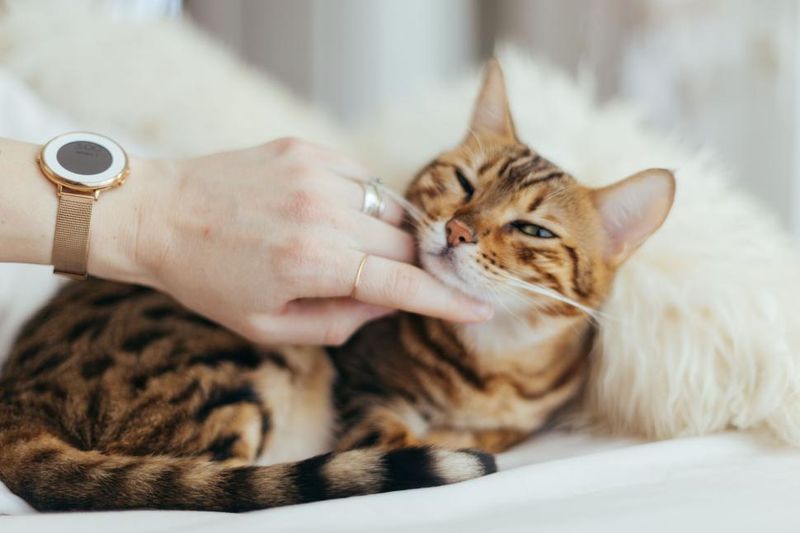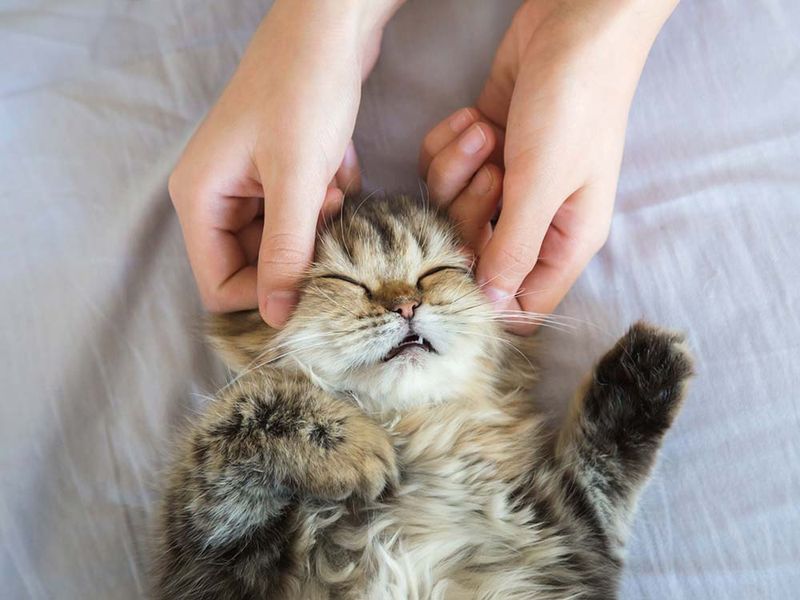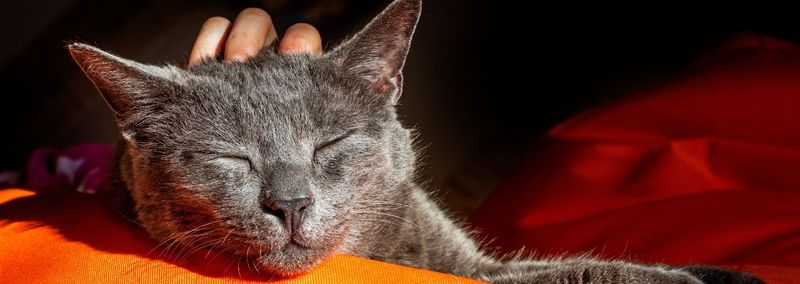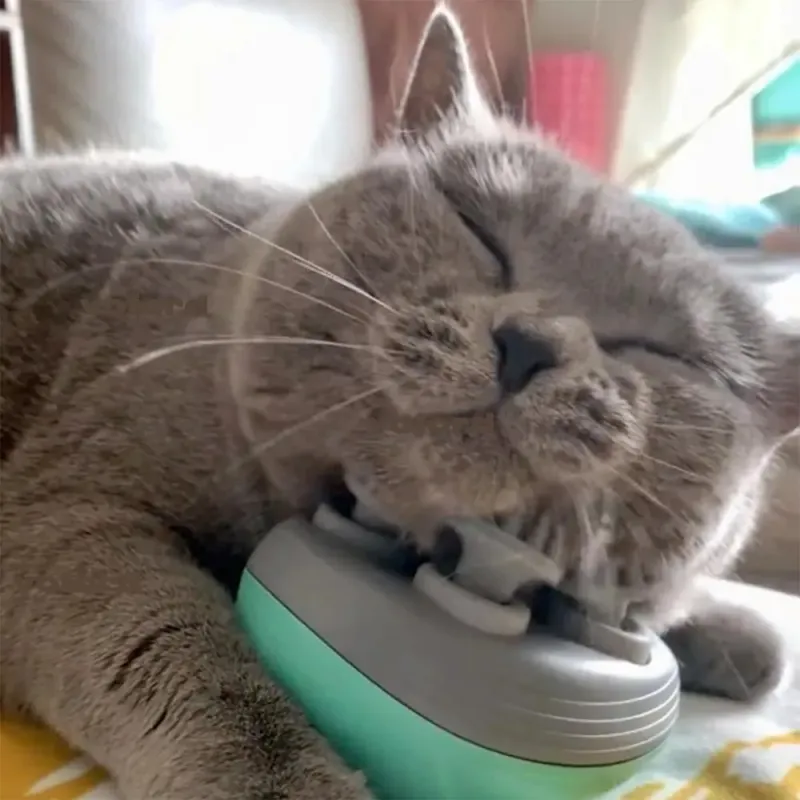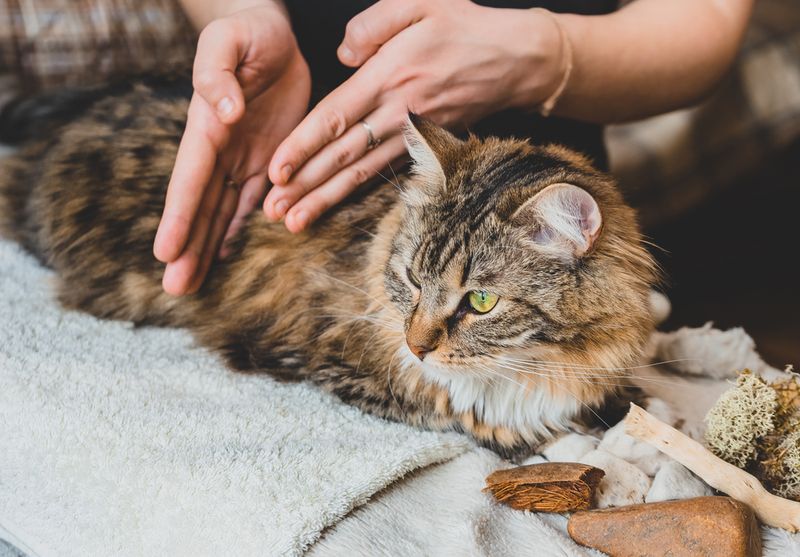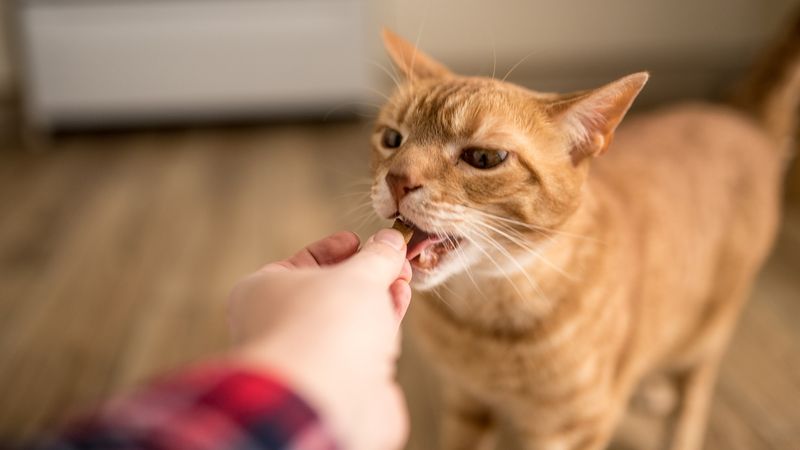📖 Table of Content:
Massaging your cat isn’t just a luxury for pampered pets—it’s a wonderful way to strengthen your bond, improve their physical health, and help them relax. Just like people, cats can hold tension in their bodies, especially in their neck, shoulders, and lower back. A gentle massage can soothe sore muscles, stimulate circulation, and even calm anxious behaviors if done thoughtfully.
Many cat owners are surprised to learn that felines actually crave and benefit from touch when it’s offered in the right way. Knowing how to approach a cat massage properly ensures that your furry friend feels safe, comfortable, and loved. Whether your cat is a snuggly lap-warmer or a bit more reserved, the techniques are easy to adapt based on their individual preferences and mood.
In this guide, you’ll find seven carefully selected tips to help you massage your cat like a professional. Each one is designed to enhance your cat’s relaxation and deepen the trust between you two. Follow these simple steps, and your cat may soon be seeking you out for their daily spa session.
1. Set the Mood First
Creating the perfect atmosphere is the first step toward a successful cat massage. Dim the lights, turn off any jarring sounds like the TV or vacuum, and make sure you’re in a quiet, cozy space where your cat already feels safe. Some owners find that playing gentle instrumental music helps their cat settle down more quickly. You might want to use a soft blanket or their favorite resting spot to set the stage. A cat that feels secure is much more likely to accept and enjoy touch. Remember, you are inviting them into a relaxing experience, not demanding their attention. A calm setting invites calm energy from your cat.
2. Start with Gentle Petting
Instead of jumping straight into massaging, begin by petting your cat lightly to introduce your touch. Soft strokes along the sides of the face, under the chin, and along the spine can act as a warm-up to deeper massaging later. This initial touch helps your cat trust your hands and lets you sense their mood and energy level. If your cat leans into your touch or starts to purr, that’s a green light to continue. Rushing into massage can startle a cat, so easing in naturally is key. Take a few moments to simply enjoy their presence before moving on. Trust-building in these early moments sets the tone for the whole session.
3. Use Slow, Circular Motions
Working with slow, circular hand movements during the massage promotes better relaxation and comfort. Begin using two or three fingers in a gentle, circular motion over areas like the shoulders and neck, where tension is often stored. Applying very light pressure is usually best, especially when first starting out. Keep your movements fluid and steady, adjusting slightly based on how your cat responds. Sometimes, a cat will move to better position themselves under your hand, guiding you to their favorite spots. Think of the motion as creating a soft ripple across their fur rather than pushing deeply into muscle. Smooth, rhythmic circles help distribute natural oils in their coat as a bonus.
4. Pay Attention to Body Language
Observing your cat’s body language during the massage is absolutely essential for their safety and enjoyment. Notice how they hold their tail, ears, and whiskers, and watch for subtle shifts. A tail that twitches rapidly or ears that flatten may mean they’ve had enough. On the other hand, a cat that stretches out, kneads the air, or purrs steadily is showing signs of contentment. Learning to read these signals accurately takes time but greatly improves the experience for both of you. Always prioritize your cat’s comfort over finishing a certain routine. Respecting their boundaries will only build deeper trust in future sessions.
5. Focus on Common Tension Areas
Focusing your attention on common areas of feline tension can make your massages more effective. Cats often build up stress in specific areas like the shoulders, the base of the tail, and just behind the head. Spend a little extra time massaging these spots with slow, careful movements. Your fingers can lightly knead the muscles or glide in longer strokes to soothe the area. Be cautious around sensitive zones like the belly or paws unless your cat specifically invites touch there. Over time, you might notice certain areas where your cat consistently enjoys more attention. Tailoring your massage to meet their needs makes each session more personal and beneficial.
6. Keep Sessions Short and Sweet
Keeping massage sessions brief ensures your cat doesn’t become overwhelmed or overstimulated. Aim for short sessions of around five to ten minutes, depending on how your cat is feeling that day. Quality always beats quantity when it comes to pet massage. Ending a session while your cat is still happy helps them associate massages with positive experiences. If they wander off after a few minutes, that’s perfectly fine—respecting their timing keeps the routine stress-free. Try not to stretch sessions just because you’re enjoying them, tempting as it may be. A short and sweet experience leaves your cat wanting more next time.
7. Finish with Treats or Playtime
Concluding each massage with a treat or a bit of play helps reinforce a positive connection to the experience. Offering a favorite snack immediately after the session can reward their patience and encourage future cooperation. Some cats might prefer a round of chasing a toy or a few moments of brushing instead. Find whatever small reward best suits your cat’s personality and keep it consistent. This simple step creates a clear “end” to the experience and leaves a happy, satisfied impression. Gradually, your cat will start looking forward to their massages with excitement rather than caution. Rewards are a great way to celebrate a job well done for both of you.
